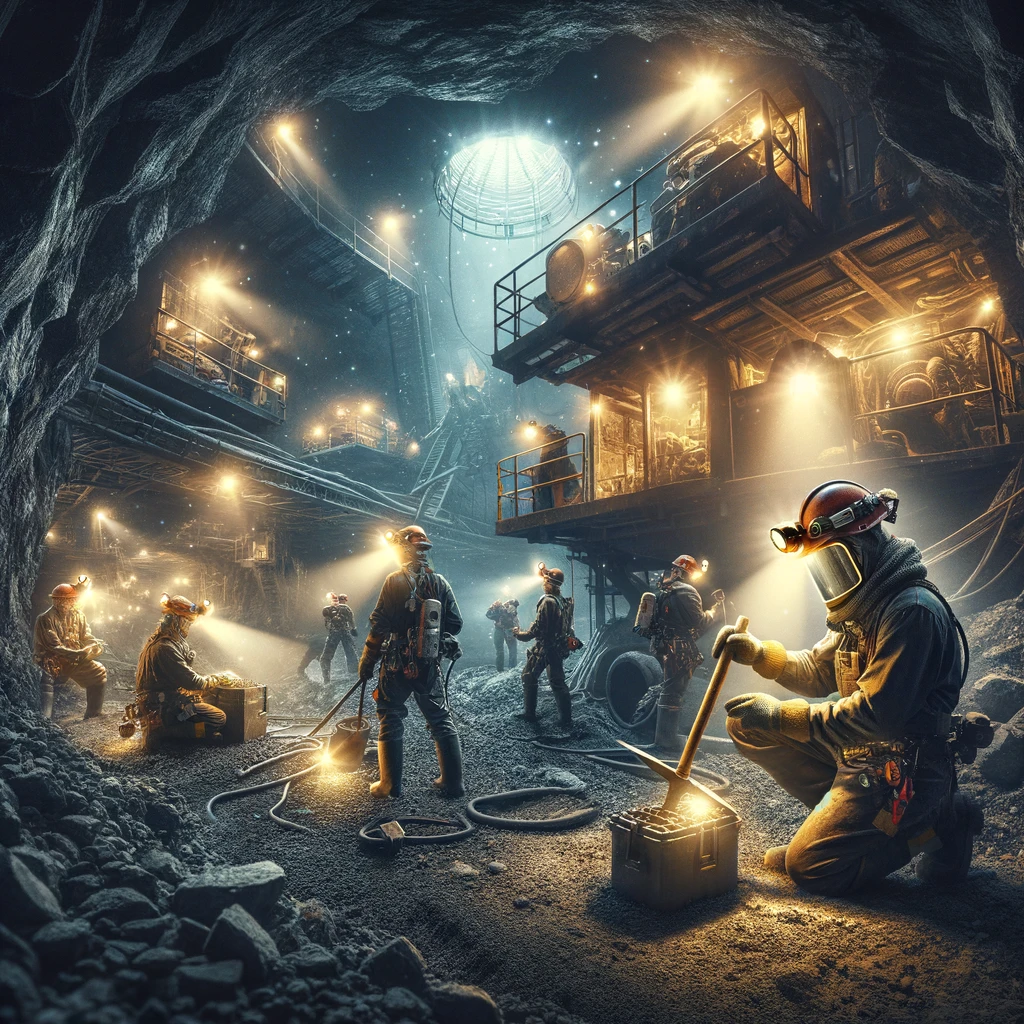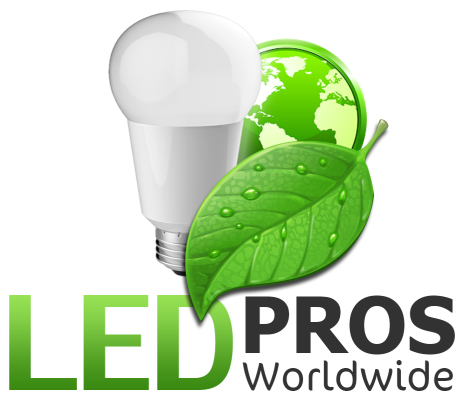In today’s industrial landscape, safety is paramount, especially when it comes to lighting in hazardous environments. Explosion proof lighting is a crucial component in ensuring the well-being of employees and the integrity of facilities. But what exactly is explosion proof lighting, and why is it so important? In this article, we’ll shed light on the essentials of explosion proof lighting, including its benefits, applications, and the reasons why you should consider implementing it in your workspace.
What is Explosion Proof Lighting?
Contrary to what the name might suggest, explosion proof lighting isn’t designed to withstand an actual explosion. Instead, these specialized fixtures are built to contain any internal explosions caused by the ignition of hazardous gases or materials. When an explosion occurs within the fixture, the robust construction prevents the spread of flames or sparks, mitigating the risk of igniting the surrounding atmosphere.
Key Features of Explosion Proof LED Lights
Explosion proof LED lights boast several key features that make them ideal for hazardous environments:
1. Rugged Construction: These fixtures are built with sturdy materials to withstand harsh conditions.
2. Flame Containment: The design prevents the escape of flames or sparks, reducing the risk of ignition.
3. Heat Dissipation: Efficient heat management minimizes the chances of overheating and potential explosions.
Why Must You Choose This Type of Lighting?
There are compelling reasons to opt for explosion proof lighting in hazardous work environments:
Enhanced Safety
The primary benefit of explosion proof LED lights is the increased safety they provide. By containing potential explosions and preventing the ignition of surrounding gases, these fixtures significantly reduce the risk of accidents and injuries. This is particularly crucial in industries where flammable materials are present, such as oil and gas, mining, and chemical processing. Read more about Mitigate Dangers with LED Explosion Proof Lights here.
Compliance with Regulations
The National Fire Protection Association (NFPA) mandates that lighting equipment installed in hazardous locations must be rated as Class 1 Division 1 or Class 1 Division 2. Explosion proof lighting meets these stringent requirements, ensuring compliance with safety regulations and avoiding potential fines or legal issues.
Durability and Low Maintenance
Explosion proof LED lights are built to last. Their robust construction allows them to withstand vibrations, impacts, and harsh environmental conditions. This durability translates to reduced maintenance costs and minimizes the need for frequent replacements, making them a cost-effective solution in the long run.
Where Is Explosion Proof Lighting Needed?
Explosion proof lighting is essential in various industries and applications where hazardous materials are present:
1. Oil and Gas: Refineries, drilling rigs, and storage facilities.
2. Chemical Processing: Plants handling flammable or combustible substances.
3. Mining: Underground and surface mining operations.
4. Grain Handling: Silos, elevators, and processing facilities.
5. Wastewater Treatment: Pumping stations and digesters.
6. Aircraft Hangars: Areas where fuel vapors may accumulate.
Confined Spaces
Explosion proof LED lights are particularly crucial in confined spaces, such as storage tanks, pipelines, and utility vaults. These areas often have limited ventilation and a higher concentration of hazardous gases, making the use of explosion proof lighting a non-negotiable safety measure.
Energy Efficiency and Cost Savings
In addition to their safety benefits, explosion proof LED lights offer significant energy efficiency advantages. These fixtures consume up to 90% less energy compared to traditional lighting solutions. The energy savings translate to reduced operating costs, making them an economically viable choice for businesses.
Moreover, the long lifespan of LED explosion proof lights, often exceeding 100,000 hours, further contributes to cost savings by minimizing replacement and maintenance expenses.
 |
Frequently Asked Questions
Q: Can explosion proof lighting survive an actual explosion?
A: No, explosion proof lighting is designed to contain internal explosions and prevent the ignition of the surrounding atmosphere, not to withstand external explosions.
Q: Are explosion proof lights more expensive than regular lighting fixtures?
A: While the initial cost of explosion proof lighting may be higher due to their specialized construction, the long-term benefits in terms of safety, durability, and energy efficiency often outweigh the upfront investment.
Q: Can explosion proof LED lights be used in non-hazardous environments?
A: Yes, explosion proof lighting can be used in non-hazardous areas, but it may not be necessary or cost-effective in such cases. Standard lighting fixtures are generally sufficient for non-hazardous environments. Read more about Exploring Applications of Explosion Proof Lighting in Safe Environments here.
Explosion Proof Lighting and Temperature Classes
When it comes to explosion proof lighting, understanding temperature classes is crucial for ensuring the safety and proper functioning of the fixtures in hazardous environments. Temperature classes are a way of categorizing explosion proof lighting based on their maximum surface temperature during operation.
Why Temperature Classes Matter
In hazardous locations where flammable gases, vapors, or dusts are present, the surface temperature of the lighting fixture becomes a critical factor. If the surface temperature exceeds the ignition point of the surrounding materials, it can lead to an explosion or fire. Temperature classes help in selecting the appropriate explosion proof lighting fixtures that won’t pose a risk of ignition.
Temperature Class Ratings
Explosion proof lighting is classified into different temperature classes based on their maximum surface temperature. The most common temperature classes are:
– T1: Maximum surface temperature of 450°C (842°F)
– T2: Maximum surface temperature of 300°C (572°F)
– T3: Maximum surface temperature of 200°C (392°F)
– T4: Maximum surface temperature of 135°C (275°F)
– T5: Maximum surface temperature of 100°C (212°F)
– T6: Maximum surface temperature of 85°C (185°F)
It’s essential to choose the appropriate temperature class for your specific application. The temperature class should be lower than the ignition temperature of the hazardous materials present in the environment.
Matching Temperature Classes with Hazardous Materials
Different hazardous materials have varying ignition temperatures. To ensure safe operation, the temperature class of the explosion proof lighting must be compatible with the ignition temperature of the materials present. For example, if you have a gas with an ignition temperature of 180°C (356°F), you would need to use an explosion proof LED light with a temperature class of T6 or lower.
Factors Affecting Surface Temperature
Several factors can influence the surface temperature of explosion proof lighting, including:
1. Ambient Temperature: Higher ambient temperatures can contribute to increased surface temperatures of the lighting fixtures.
2. Wattage: Higher wattage lamps generally produce more heat, leading to higher surface temperatures.
3. Operating Position: The mounting position of the fixture (e.g., ceiling-mounted, wall-mounted) can affect heat dissipation and surface temperature.
Manufacturers of explosion proof lighting provide detailed specifications, including the temperature class, to help users select the appropriate fixtures for their specific applications.
When selecting explosion proof lighting for hazardous environments, considering the temperature class is paramount. By understanding the relationship between temperature classes and the ignition temperatures of hazardous materials, you can ensure that your explosion proof LED lights operate safely and effectively. Always consult with experts and refer to manufacturer specifications to make informed decisions about explosion proof lighting and temperature classes for your facility.
The Bottom Line
Explosion proof lighting is a critical component in maintaining a safe and compliant work environment in industries dealing with hazardous materials. By understanding the essentials of explosion proof lighting, including its benefits, applications, and the reasons behind its necessity, businesses can make informed decisions about implementing these robust fixtures in their facilities.
Investing in explosion proof LED lights not only enhances safety but also offers long-term cost savings through energy efficiency and durability. So, when it comes to illuminating hazardous areas, explosion proof lighting is undeniably the way to go.
[gravityform id=”1″ title=”true” description=”true”]
